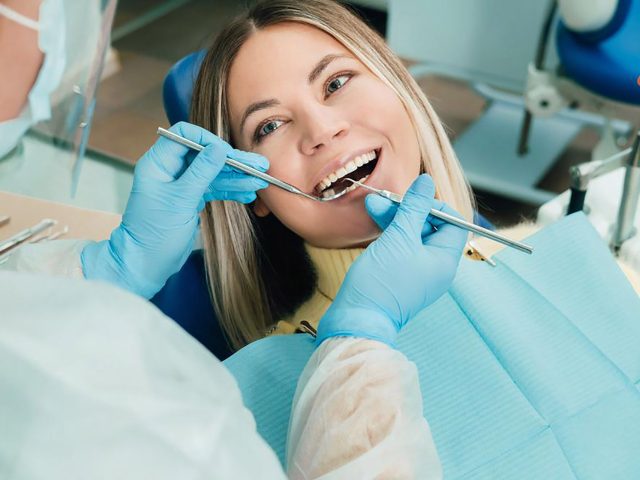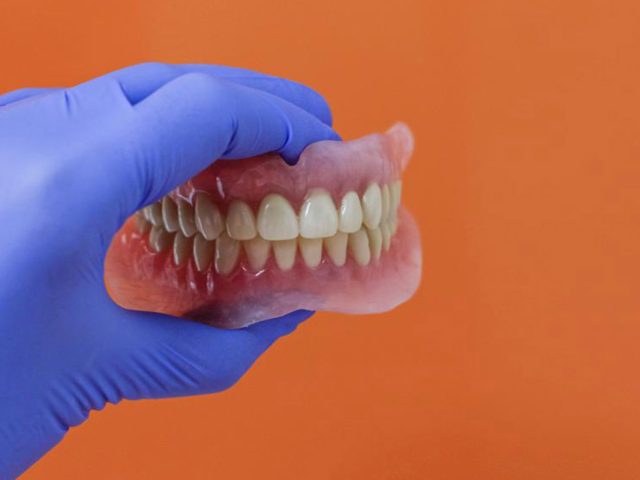

Full Digital Prosthesis
With the developing technology, various treatment methods are improved and applied against dental problems. In cases where the teeth are completely absent or most of the teeth need to be extracted, the full digital prosthesis is applied which is the fixation of the dental prosthesis on 4 or 6 implants. The entire process of development and implementation is carried out in a digital environment. A high quality fixed prosthesis is fitted to edentulous patients on the same day with this technique and the function of the teeth is restored.
With this technique, a personalized design is made and adapted to the jaw structure. With digital mouth scans, the most suitable dental implant is determined and developed over digital media. For patients who have nausea and cannot use removable dentures, the implant method is used for the placement of a fixed prosthesis to eliminate toothlessness.
The implants with the full digital prosthesis are applied without the need for operations such as cuts and stitches. Health problems after treatment are minimized. All operations here are done in a digital environment with a digital stream. Since the angle of the implants is followed in the digital environment before the application, the implant application is much easier and the results can be more efficient.
Features of Full Digital Prosthesis Treatment
Since the fixed dental prostheses to be created are seen and developed in the digital environment before they position the mouth, the possibility of making mistakes is minimized. In addition, difficult sessions and durations are considerably reduced, providing an advantage for patients. It can be applied to everyone with sufficient bone volume and bone structure. Full digital prosthesis applicability is very easy for those who have strong bone structure and sufficient jaw surface.
First of all, intraoral and facial photographs are taken; Planning is done in digital environments and the margin of error is minimized. This technique consists of two stages. The first stage is measurement and transfers to digital media and development. In the second stage, the treatment is completed with the placement of a fixed dental prosthesis on four or six implants.
What is Full Mouth Implant Treatment?
With the full digital prosthesis, the most suitable prosthesis shape for the patient is applied in a very short time by minimizing the margin of error and a very efficient result is obtained. In addition, our clinic monitors the dental health of our patients even after treatment and provides the most appropriate treatment method to the patient.












